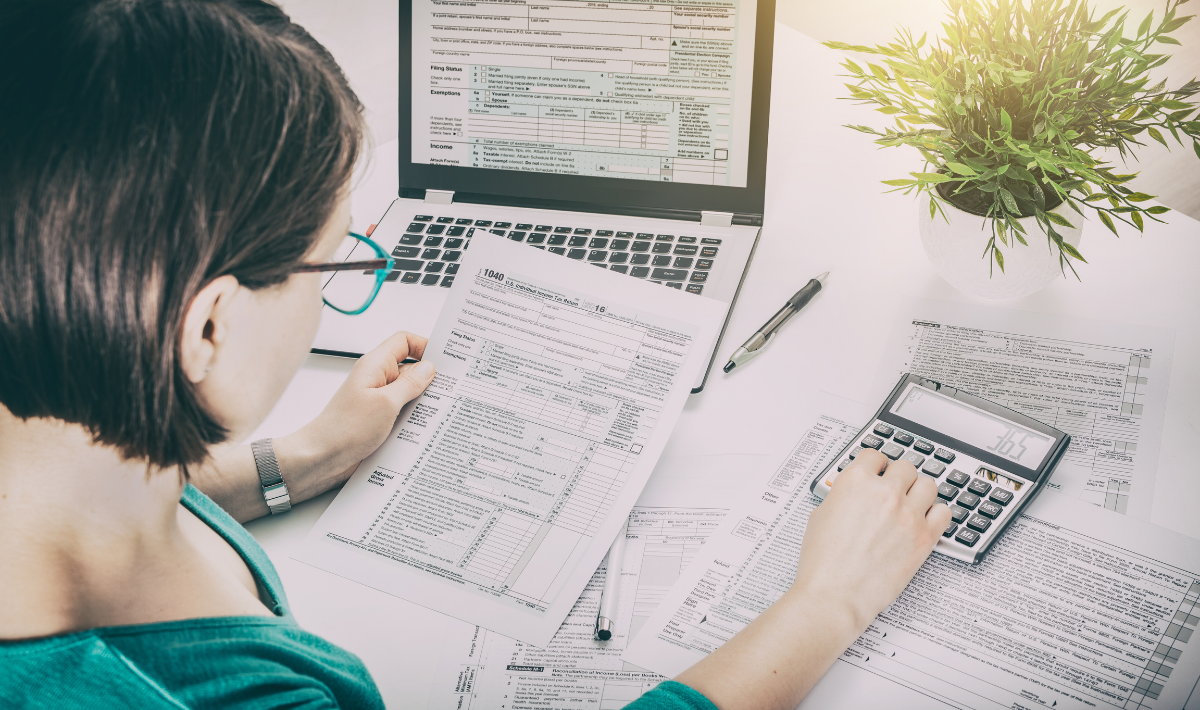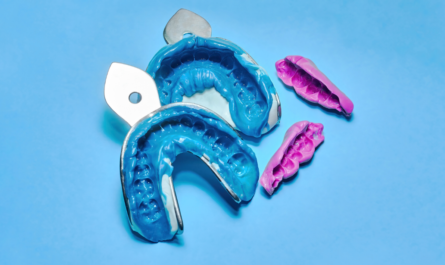It’s important to maintain a proper balance with taxed later investments
By Jared Thompson
Editor’s note: The following is part II in a series on understanding and effectively using Time-Tax Buckets
You can pay taxes now, later, and never. Proper use of this knowledge will transform the way your future investments look.
In the July/August Efficiency article, we built the foundation for what could be considered a well-diversified method of accumulating assets in the most tax efficient manner. Dentists can implement these simple principles right away to help avoid shocking amounts of taxes and fees. To review, the three buckets dentist clients of PersonalCFO use to accumulate assets are:
- Taxed Now Bucket
- Taxed Later Bucket
- Taxed Never Bucket
The Most Popular Bucket – What if it’s the Wrong One?
Our last article focused on the “Taxed Now” Bucket. I want to delve into where we see the lion’s share of the doc’s dollars accumulating: the “Taxed Later” bucket.
By far, the Taxed Later Bucket is the most popular place to accumulate savings. Do you have a Traditional IRA, 401(k), a SEP, a SIMPLE, a 457 Plan, a TSA, or 403(b) – to name a few? If so, you have money in a Taxed Later Bucket.
The plans available in the Taxed Later Bucket aren’t inherently bad, but they are very often overused and funded at levels that may be dangerously high. If you’re putting money away for retirement, you’re probably using one of these investment tools.
You may be asking, “Isn’t this a good thing?” Well, it can be. But, just like the first bucket, it is important to maintain a proper balance.
Some have too much of their retirement funds in a taxed later bucket
First, there are two strong virtues of this tax-deferred bucket:
- 1. A tax deduction. Most often the dollars you and I place in this second bucket give us a tax deduction. Great, right? That means if you pay yourself $200,000 a year but placed $15,000 in your traditional 401(k) plan, your taxable earnings would only be $185,000. CPAs generally love these accounts most because it helps them to lower your taxable income, thereby helping you pay less in taxes today. But what if paying too little in taxes today is a bad thing? More on that concept below.
- 2. A match. Often times, if you place money into accounts from Taxed Later Buckets you may receive a match from the company – your own or the company you work for. This is a great incentive. If you placed 3 percent of your earnings into a 401(k) and received a 100 percent match on that first 3 percent, this is a 100 percent rate of return on your contribution!
So if these are the virtues, what are the vices?
- Tax rate hikes. Are your tax rates heading up or down? For high income earners, there is a high probability that the amount of tax saved today by using these accounts could mean paying higher taxes on those dollars (and their potential growth) at retirement, when taking the funds out. In other words, you may be saving on taxes now, but potentially paying more later.
You know many accounting professionals that claim when you retire you’ll be in a lower tax bracket. But let’s consider what that implies. Do you want a simpler or more lavish lifestyle when you retire? Do you really want to assume your only option in retirement is a downgraded standard of living? Such an assumption is the reasoning behind the belief that you’ll be in a lower tax bracket in retirement.
But even if you are in a lower tax bracket during retirement, is it possible that the percentage attached to the tax bracket will still be higher than the one you saved tax on when you put the dollars away?
My prediction is that for many, those exact dollars will be taxed higher in the future than they would be today.
We’re still enjoying some of the most historically low tax rates this country has seen since the 1920s. If tax rates are truly on a cycle, where do you think rates are going? - Lack of control. Are you really in control of these accounts? You may be able to sock away lots of money in the second bucket, but when can you use it? There may be stinging consequences if you pull money from your IRA before you’re 59 ½: you could be taxed at your highest marginal tax rate plus a 10 percent penalty. With current tax rates, this could be as high as 49.6 percent total – almost half of what’s drawn!
What about forced disbursement?
Here is the reality: at 70 ½ you are forced to pull money out of your IRA. The IRS calls this mandatory pull a Required Minimum Distribution or RMD. Currently, the amount you have to withdrawal at age 71 is about 3.6 percent (increasingly higher if you’re older) of the total amount of dollars in the tax-deferred bucket. So if you have $500,000 spread between IRA-like accounts, plan on taking out $18,000 – whether you need it or not. If you don’t take the withdrawal, you’ll be penalized with a 50 percent excise tax of what you should have taken out and didn’t…
Did you catch that? A $9,000 penalty if you don’t take out enough from your Taxed Later Bucket while you’re in retirement.
You and I basically have 11 years (between 59 ½ and 70 ½) to do what we want with these dollars as long as we pay the tax. Before or after this time period could mean severe penalties. - High fees. Are you paying higher fees? Many Taxed Later Buckets are referred to as Employee Contribution Plans. These typically come with higher fees than similar functioning accounts which can be obtained privately. Watch out for advisory fees, sponsor fees, platform charges, transaction charges, administration fee, custodial fees, sales loads, expense ratios and 12(b)-1 fees.
That’s a lot of jargon, but the simple truth is that the wrong tools in your Taxed Later Bucket can be horribly expensive.
Private accounts may provide a good back-up to use in concert with company plans. A good rule of thumb is to place enough into a 401(k) to obtain the maximum match. More than that should be carefully analyzed to be certain excessive fees and future taxes are minimized. - Limited choices. Are your investment choices limited? The narrow scope of available investment choices is one of the most frustrating issues for some of our dentist clients – and for good reason.
Numerous plans are confined to 8 – 15 fund choices.
I often see that half of the available funds are the “retirement date” funds like the 2025 or 2030 type funds. With limited offerings, your portfolio may not be truly diversified.
PersonalCFO helps its dentist clients put together the right mix of funds based on the individual and the individual plan. Where possible, we can also help to expand the plan offerings.
Now that we’ve covered your Taxed Now and Taxed Later Buckets, you may be seeing the delicate balance that needs to exist between the various types of savings vehicles.
In the next issue of Efficiency, look for the final article of this series on how we may help you to transform your future wealth with proper management of the last bucket: The Taxed Never Bucket.
In the Taxed Never Bucket, we’ll uncover the surprising strategy that can propel your wealth more quickly than nearly any other. It just may change your perspective and your future net worth!
For questions or for expanded information, write Jared at: [email protected]
Any tax advice contained herein is of a general nature.
Please seek specific advice from your tax professional before pursuing any idea contemplated herein.
Securities offered through ValMark Securities, Inc. Member FINRA, SIPC
Investment Advisory Services offered through ValMark Advisers, Inc., a SEC Registered Investment Advisor
130 Springside Drive, Suite 300 Akron, OH 44333-2431* 1-800-765-5201
PersonalCFO, LLC is a separate entity from ValMark Securities Inc. & ValMark Advisers Inc.





